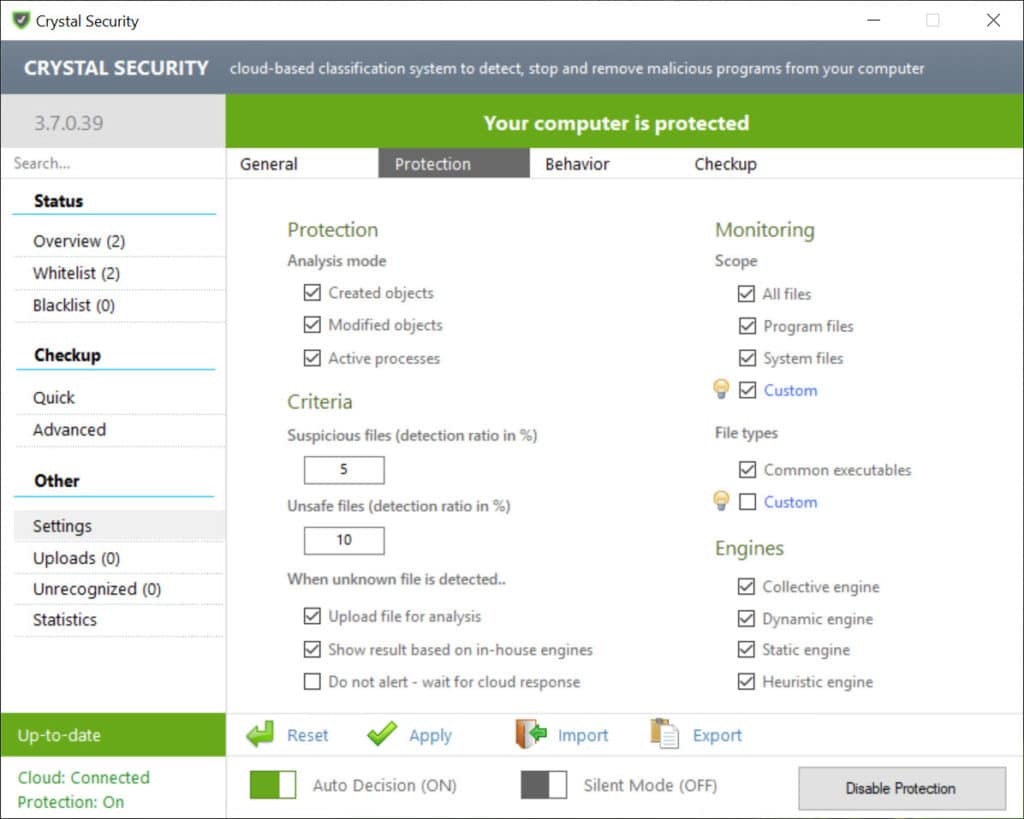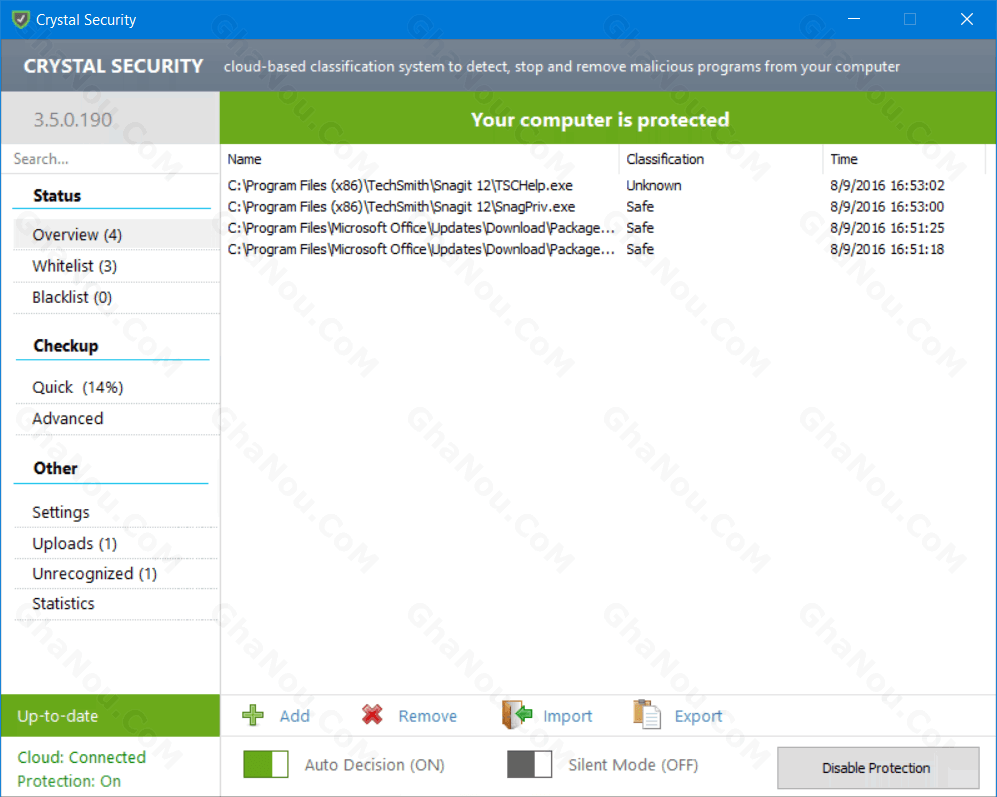

Systems and processes are becoming more digital and data-centric, which while presenting new opportunities, also generates new challenges. Security is top of mind today, as the majority of industries undergo a digital transformation and face a growing number of increasingly sophisticated threats. For more information on the main three glass types, check out our guide, where we go through all the pros and cons.By Brian Rinehart, Systems Engineering Manager Given that scratches are more likely to occur than impacts, sapphire remains the most desirable choice for most watch buyers today. All proprietary watch crystals we tested (K1, Hardlex, Sapphire-coated, Krysterna, and Flame Fusion) exhibited scratches at lower levels than sapphire. Our Mohs hardness tests have proven that sapphire crystal is the best for preventing scratches. It's to be noted that acrylic can be polished using Polywatch to remove light scratches. D-Tier:Īcrylic – The lowest-cost option is the least scratch-resistant. Mineral crystal – The industry standard for budget watches, mineral crystal performed reasonably, as expected. This averages out to roughly the same overall ranking. This crystal performed a little differently than the others in B-Tier, performing worse at level 6 but slightly better at level 8 and upwards. The claims about K1 and Hardlex are more restrained, so these results are as expected.įlame Fusion – Another in this tier is Flame Fusion. Given the extremely bold marketing for Krysterna in particular, this is disappointing, as the crystal fell well short of sapphire and the proprietary sapphire-coated crystal from rivals Wenger. Each survived the scratch tests better than standard mineral, achieving results one level higher on average. K1, Krysterna, Hardlex – These crystals performed nearly identically in our tests. Sapphire-coated crystal – This crystal performed better than expected and was the best out of the proprietary crystals (when it comes to scratch resistance). Sapphire crystal – In our scratch tests, sapphire was the runaway winner A-Tier: Do any of the proprietary crystals look the same from an angle? Regular mineral crystal has a notable blue hue, whereas sapphire has more of a yellow or colorless appearance this difference is especially evident from side-on. Let's start the itchy and scratchy show, shall we?ĮARLY FINDINGS – PROPRIETARY CRYSTAL SECRETS REVEALED?Īfter extracting the proprietary crystals from their respective watches, I noticed some differences that may reveal the secrets of their formulation. Have you got an answer in your head? I'm writing this before testing I'd be surprised if any of these are significantly better than mineral, let alone sapphire!


I'll give you a moment to decide which you think will be the winner. I wonder which will score the highest? This sample was taken from the Stuhrling Winchester I reviewed not too long ago. Oddly, despite being marketed as their in-house material, Stuhrling says they created it via the Verneuil process, the same as Invicta's Flame Fusion crystal and regular synthetic sapphire. It's rumored online that this is another type of mineral crystal with a fancy coating. K1 has been used for years and doesn't appear to originate from a single supplier (though American conglomerate 3M makes glass bubbles of the same name). We'll then also test them with some more day-to-day objects that your watch may come into contact with.Īs controls, we have pieces of standard acrylic, mineral, and sapphire glass. I'll be using these picks to see at what number each of these crystals begins to scratch, so we can determine which are the most scratch-resistant and how they measure up versus their respective marketing promises. Pick number '9', the hardest in this kit, can scratch everything except diamond and a couple of other rare compounds whose Mohs ratings are above 9. With this test kit, that means pick '6' or above. You'd need to use something with a hardness of 5.5 or higher to scratch it. Knife blades, however, have a Mohs hardness rating of approximately 5.5, meaning picks' 2' through '5' aren't hard enough to cut it. For example, wood has a hardness rating of 1 to 1.5, so even the softest number '2' pick will scratch it without issue.


 0 kommentar(er)
0 kommentar(er)
